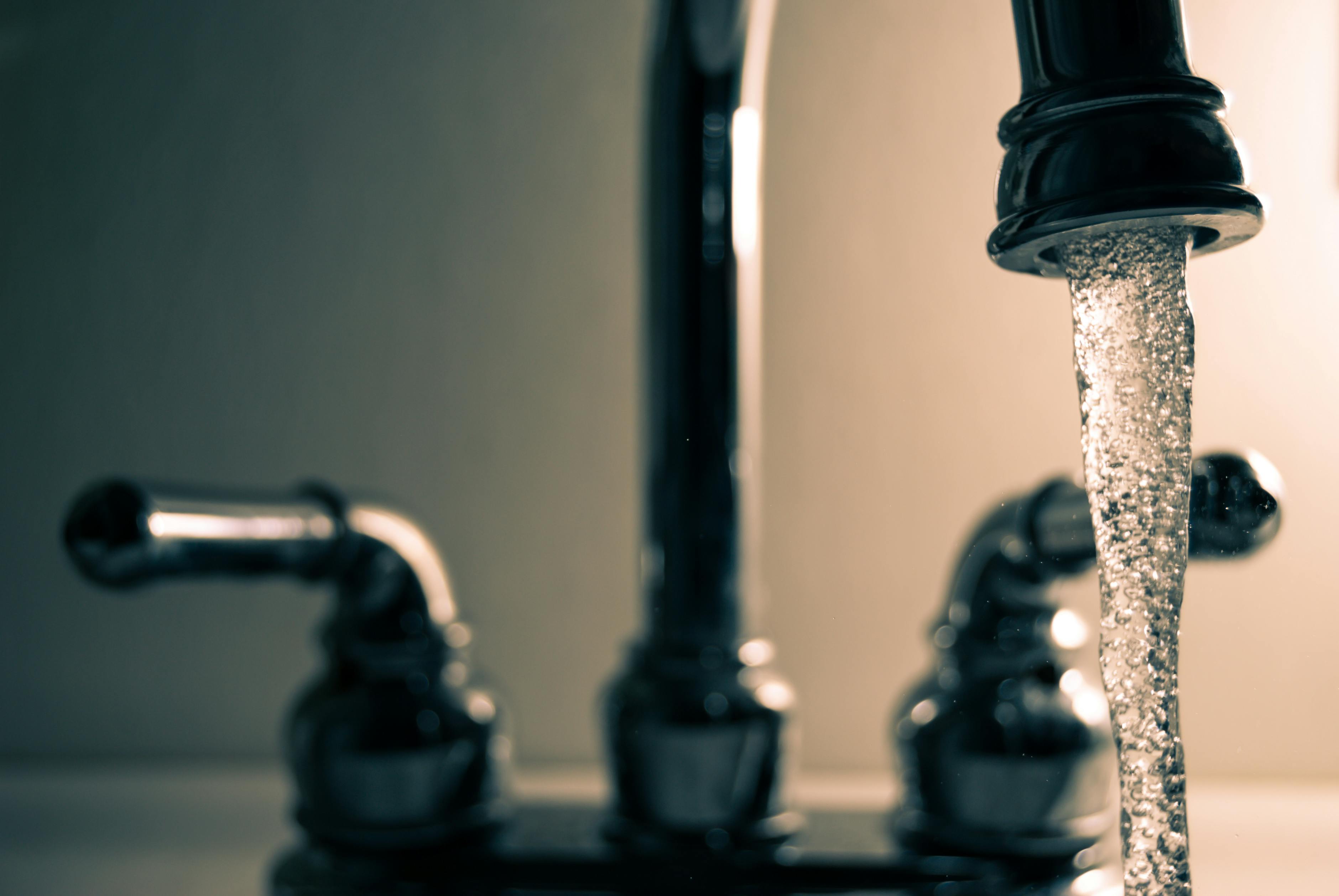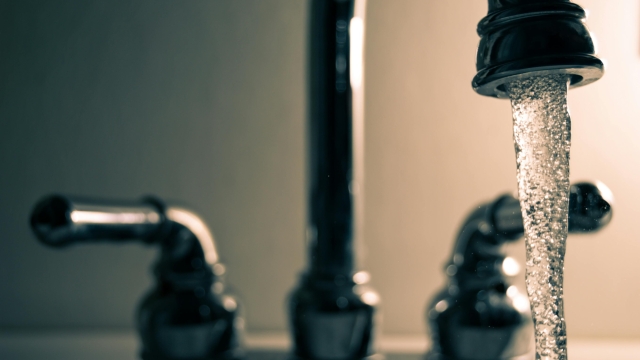
Welcome to the fascinating world of plumbing! Have you ever stopped to consider the intricate network of pipes that run beneath our feet, quietly carrying out essential tasks that we often take for granted? From providing us with clean water for drinking, bathing, and cooking to efficiently whisking away wastewater, plumbing plays a vital role in our daily lives. Whether in homes, businesses, or public facilities, the unseen realm of plumbing quietly functions to keep our environments healthy and comfortable.
Plumbing is a multifaceted system that encompasses various components working together seamlessly. From the main water supply lines that deliver water into buildings to the intricate network of pipes that distribute it to specific fixtures, the complexity of plumbing systems is both impressive and essential. Understanding how these components interact and ensuring their proper maintenance is key to ensuring reliable water supply, efficient drainage, and overall system longevity. Join us as we delve deeper into the intricacies of plumbing, unraveling the mysteries behind this crucial system that lies at the heart of our modern infrastructure.
History of Plumbing
Plumbing has a fascinating history that dates back to ancient civilizations such as the Indus Valley, Egyptians, and Romans. These early societies developed primitive plumbing systems that provided water supply and wastewater removal to their communities.
The Romans are credited with introducing innovations such as aqueducts, lead pipes, and public baths, significantly advancing the field of plumbing. Their sophisticated systems laid the foundation for modern plumbing practices that we still benefit from today.
During the Middle Ages, plumbing knowledge largely stagnated in Europe, with basic sanitation practices being neglected. However, the Renaissance period saw a resurgence in plumbing advancements, leading to the development of more sophisticated water supply and sewage systems.
Types of Plumbing Systems
Plumbing systems come in various types to suit different needs and preferences. One common type is the potable water system, responsible for supplying clean and safe water for consumption. This system typically consists of pipes, fixtures, and fittings that ensure the water flow is hygienic and meets quality standards.
Another essential plumbing system is the wastewater system, tasked with efficiently removing used water and sewage from buildings. This system includes drainage pipes, traps, and vents that work together to transport waste to treatment facilities or septic tanks. Proper maintenance of the wastewater system is crucial to prevent blockages and ensure proper disposal of waste.
In addition to potable water and wastewater systems, there are also specialized plumbing systems for specific purposes. For example, fire suppression systems are designed to provide water for firefighting purposes, while irrigation systems help deliver water to outdoor areas such as gardens and lawns. These diverse plumbing systems play a vital role in maintaining the functionality and safety of buildings and infrastructure.
Common Plumbing Issues
First, one of the most frequent plumbing problems homeowners face is leaky faucets. The steady drip of a faucet not only wastes water and increases utility bills, but it can also be a source of annoyance. Fortunately, fixing a leaky faucet is often a simple task that can be addressed with basic tools.
Another common issue is clogged drains, which can occur in both sinks and showers. Clogs are typically caused by a buildup of debris such as hair, soap scum, or food particles. To prevent clogs, it is important to use drain covers and be mindful of what goes down the drain. In case of a clog, there are several methods, including using a plunger or a drain snake, that can help clear the blockage.
Lastly, running toilets are another prevalent plumbing problem that many people encounter. The continuous sound of water running in the toilet tank indicates a leak, leading to wasted water and potential damage. Oftentimes, the issue can be resolved by checking and adjusting the toilet flapper or other components within the tank.
